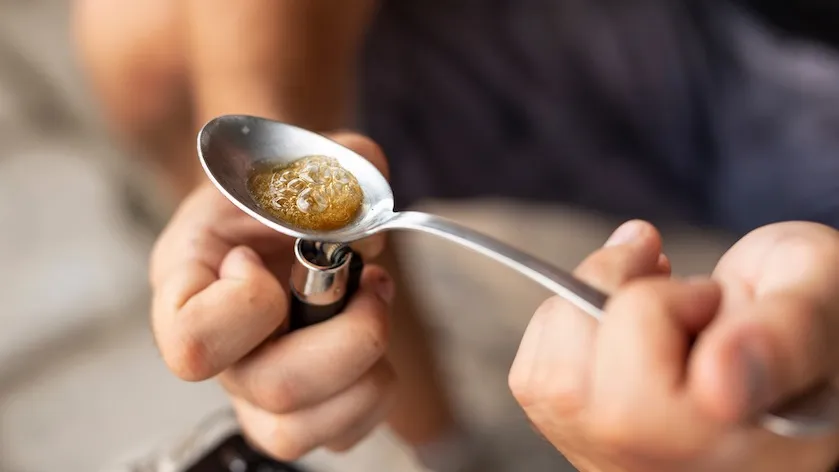Blog
The List of Things You Should know about Ketamine for First Time Users
The List of Things You Should know about Ketamine for First Time Users
Ketamine is an anaesthetic that has been used by doctors and veterinarians since the 1950s.
It’s used in emergency departments to provide sedation and pain relief during short, painful procedures such as setting a broken bone or stitching up a facial injury. It was famously used in combination with other drugs to sedate the 12 boys who were rescued by divers after being trapped in a cave in Thailand for more than two weeks in 2018.
In medical settings ketamine is administered intravenously or intramuscularly in liquid form. Vets use it in a similar way to anaesthetise animals.
How does ketamine work?
Ketamine is a dissociative anaesthetic drug with hallucinogenic properties, which means it acts on chemicals in the brain to produce a sense of detachment from reality. It also provides pain relief and it has an amensiac effect, which helps people forget a painful medical procedure once it has finished.
In some countries, low doses of ketamine are used to treat depression, particularly depression that is resistant to other kinds of treatment. Clinical trials into ketamine’s antidepressant effects are currently being carried out by scientists at the University of Auckland’s School of Pharmacy.
According to Asociate Professor Suresh Muthukumaraswamy who is helping to conduct the trials, the amounts of ketamine involved are very small and administered in a tightly controlled setting.
“People have to come into the clinic to get it and they’re only given about 25mg twice a week, which is a lot less than a recreational user would take.”
How is ketamine used in non-medical settings?
Ketamine arrived on the recreational drug scene in the 1980s. It’s taken in order to achieve a hallucinatory, dream-like state and is known by a variety of names, including Special K, K, ket, kitkat, super k or horse trank.
Ketamine can be swallowed or injected in liquid form. It can also be snorted as a fine white power that is usually made by converting it from a liquid state. Sometimes the powder is smoked with cannabis or tobacco.
It’s also possible to buy ketamine analogues, which are chemically very similar to ketamine but are usually stronger in their effects. Common analogues include deschloroketamine, N-desmethylketamine and Methoxetamine (MXE).
Why do people take ketamine?
Ketamine blocks glutamate, a neurotransmitter in your brain. In turn, this blocks signals between your conscious mind and other parts of your brain. That results in the dissociative feeling of being separate from yourself and your environment or a kind of euphoric sensation.
Aside from how it can make you feel, you might turn to the recreational use of a substance like ketamine out of peer pressure if you’re in an environment of people who use it.
Another reason someone might want to experience a k-hole involves depression. Doctors sometimes use ketamine to treat depression. This is highly regulated and should be done only under medical supervision.
However, research shows that people who tend to use recreational ketamine chronically are experiencing more depression symptoms than those who only use it occasionally. They may seek a way to escape their negative feelings, which the k-hope experience can provide via its dissociation effect.
How fast it kicks in depends on how you use it. It’s most often found in powder form and snorted. It can also be taken orally or injected into muscle tissue.
Timeline of effectsGenerally, the effects of ketamine kick in within:
- About 1 minute if injected
- 5-15 minutes if snorted
- up to 30 minutes if ingested
Remember, everyone reacts differently. You may feel the effects sooner or later than others.
How long can it last?
The effects of ketamine typically last 45-90 minutes, depending on the dose. For some people, the effects can last for several hours or even days, according to the National Institute on Drug Abuse (NIDA)Trusted Source.


